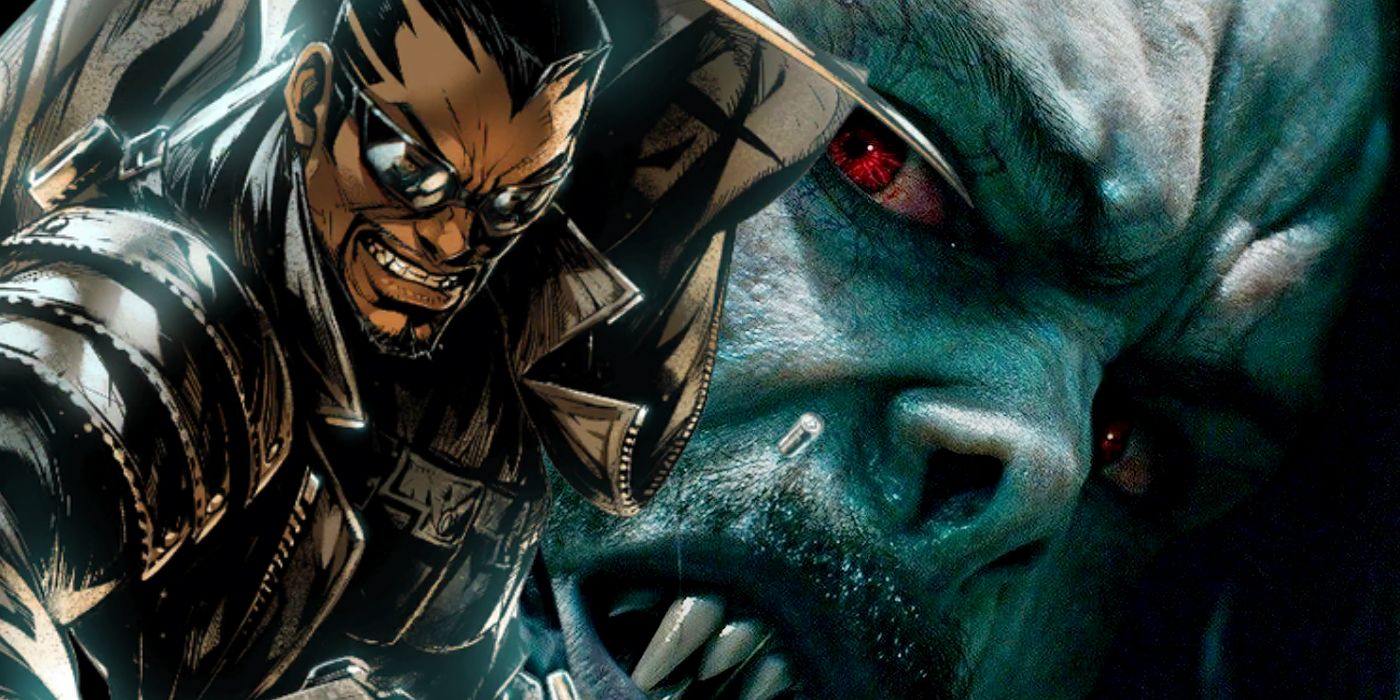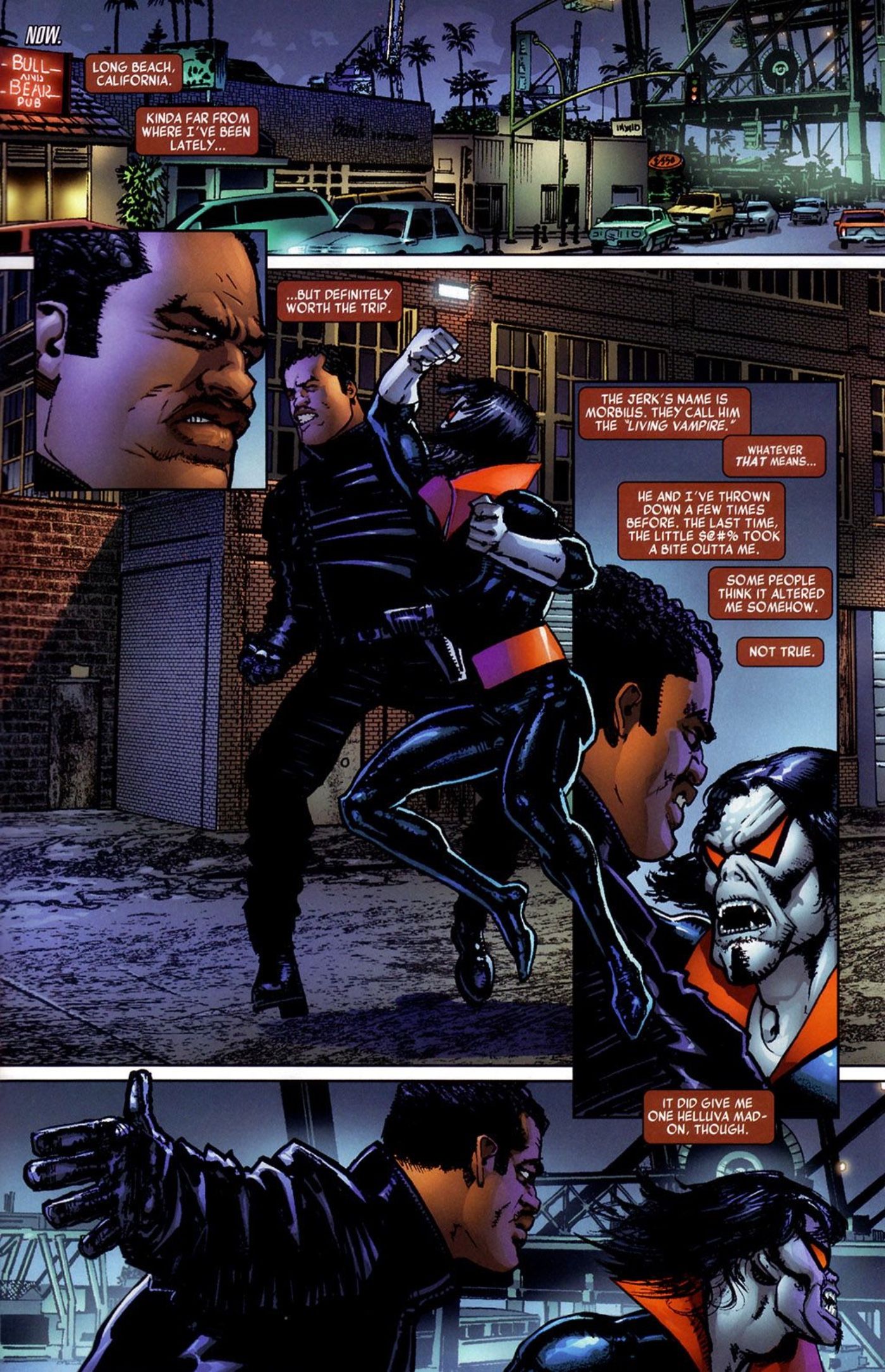The vampire hunter Blade once derived his powers from a bite by Morbius the Living Vampire, but Marvel has since removed it from continuity. This change was due to the success of the character’s first feature film; previously, in the comics, Blade was simply a human immune to vampire bites, but in the films, he had vampire-like powers and Marvel needed a reason to align the print and film versions.
Blade first appeared in 1973’s Tomb of Dracula #10 and was created by Marv Wolfman and Gene Colan. When first introduced, Blade was simply resistant to vampire bites, thanks to his mother being killed by one while he was being born; this was also his reason for hunting them. Blade would go on to become a thorn in Dracula and the rest of the vampire community’s side. In recent years, Blade has joined the Avengers and been appointed by the United Nations as Sheriff of Dracula’s newly formed Vampire Nation. Blade’s continued visibility and appearance in high-profile projects is no doubt due to the success of the 1998 film of the same name. Despite being panned by critics, audiences flocked to the movie. One problem existed: the film version of Blade was a dhampir, or daywalker—meaning he had vampire powers with none of their weaknesses; the comic version had none of these qualities and Marvel needed a way to get Blade powers and fast.
In 1999’s Peter Parker: Spider-Man #8, which debuted roughly a year after the film, Blade is hunting Morbius, and when he finds him, is bitten. Interestingly enough, the bite is but a small part of the plot and is almost inconsequential in the larger story. Later that year, in Blade: Vampire Hunter #1, it was revealed that the bite did have an effect on Blade, mutating him and giving him powers like those he had in the film, such as speed and super-strength. From then on, the comic book Blade was much more like the film version. However, Marvel later decided to disregard the Morbius explanation altogether. In 2006, Blade received a series, one tweaking his origin even further. In issue one, readers see Blade’s mother, working in a brothel, attacked by the vampire Deacon Frost while giving birth. However, the implication here is it was Frost’s bite, not Morbius’, that gave Blade his powers. This was later outright confirmed in issue five when Blade said his powers were not derived from Morbius, but instead came from Deacon Frost.
Retcons such as this are not uncommon in comics, and some of them come about because of movie and television adaptations. Fans understandably have mixed feelings on this, but in Blade’s case, it made for a richer character. Before his first movie, Blade was a fairly run-of-the-mill vampire hunter---one who could resist bites, but with no other powers. Once Marvel gave the comic version powers similar to the film, it opened up new story possibilities. Yet why did Marvel eventually eliminate Morbius from the picture, and claim that Blade always had these powers? It may have been borne out of a desire to make the comic book Blade even more like the film version, which did not have Morbius.
The first Blade film not only kicked open the door for modern superhero films, but helped redefine the character, making him into the daywalker fans today know and love. Yet his comic book origin has been changed on several occasions, all to make him more like the movie version.


